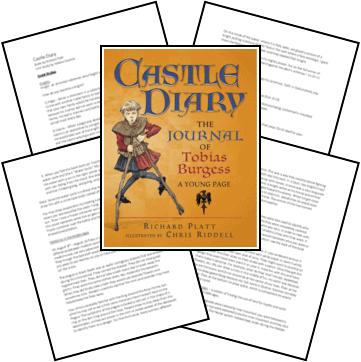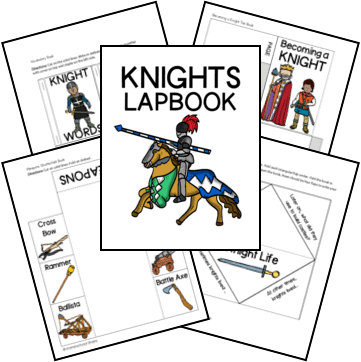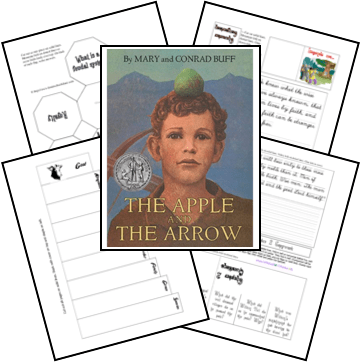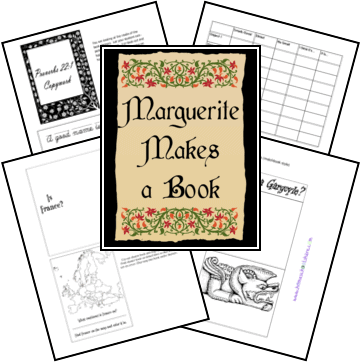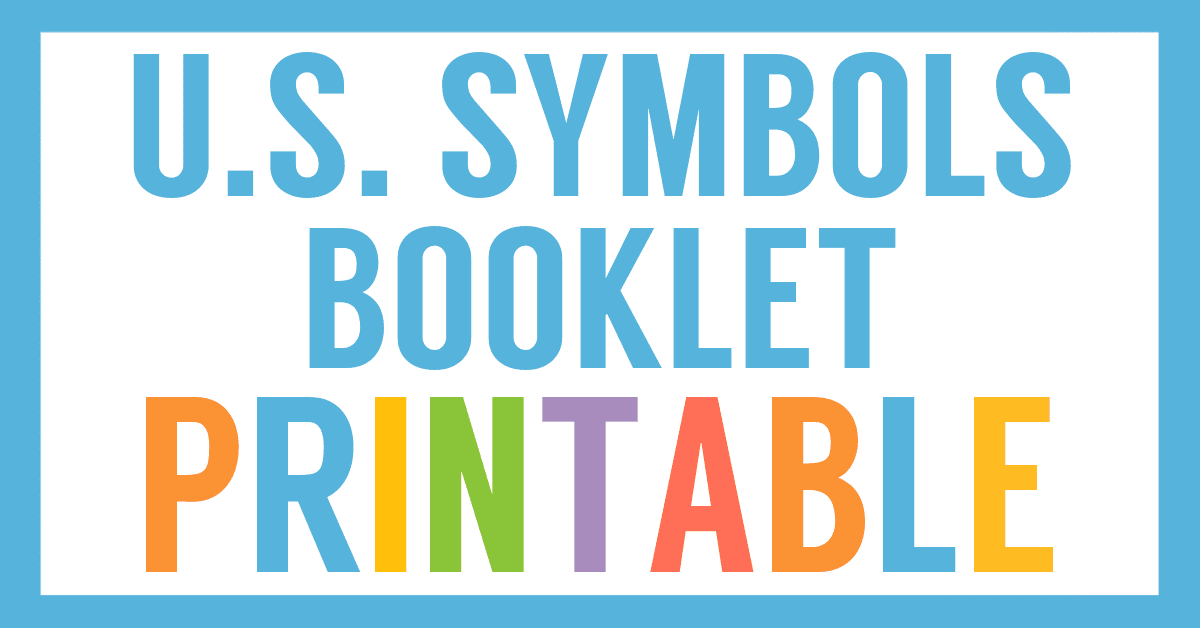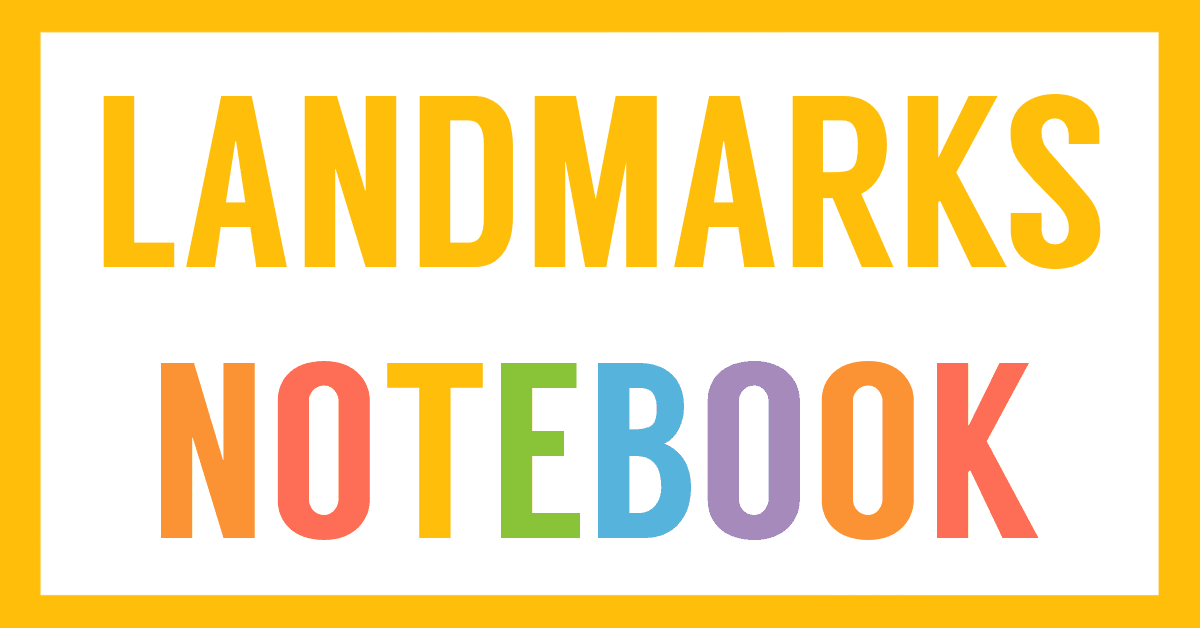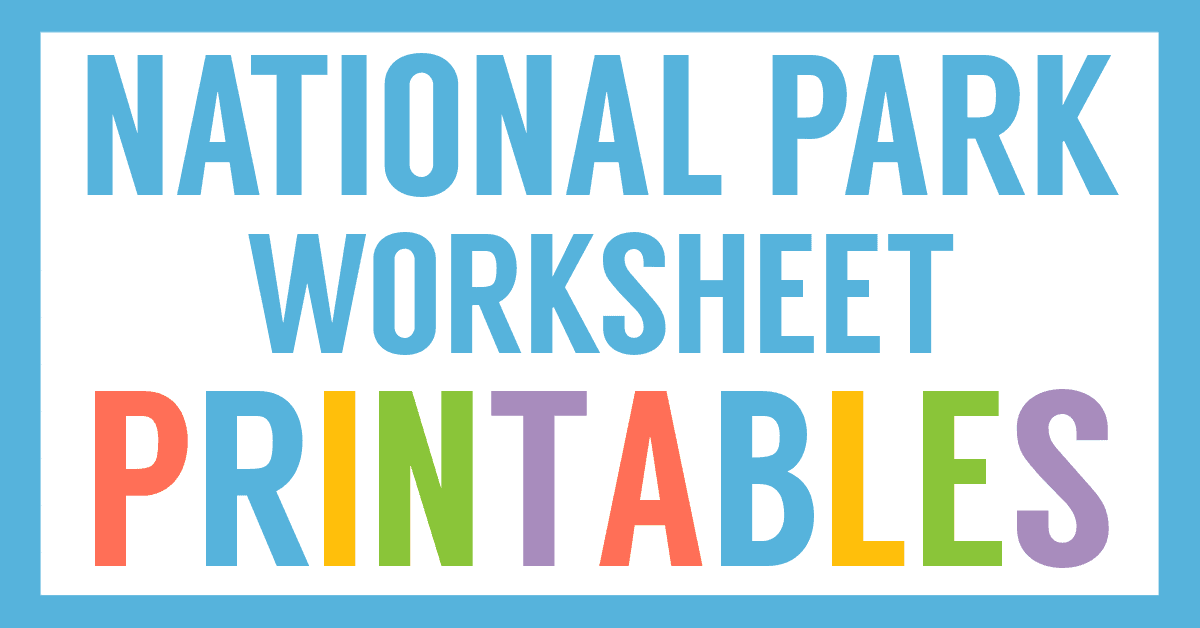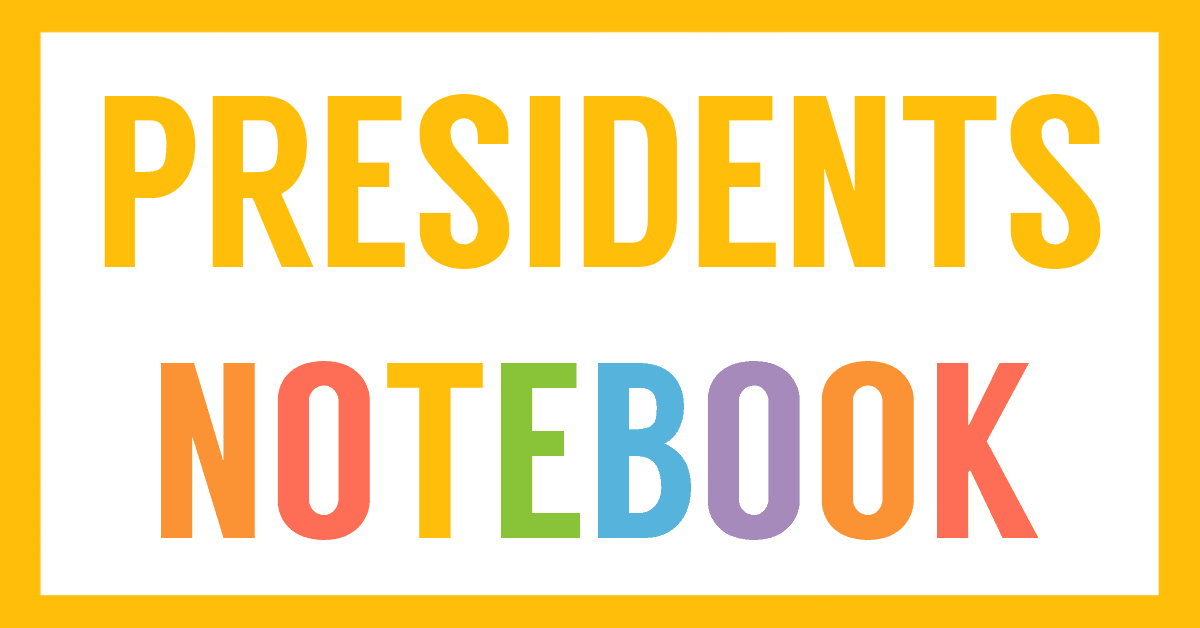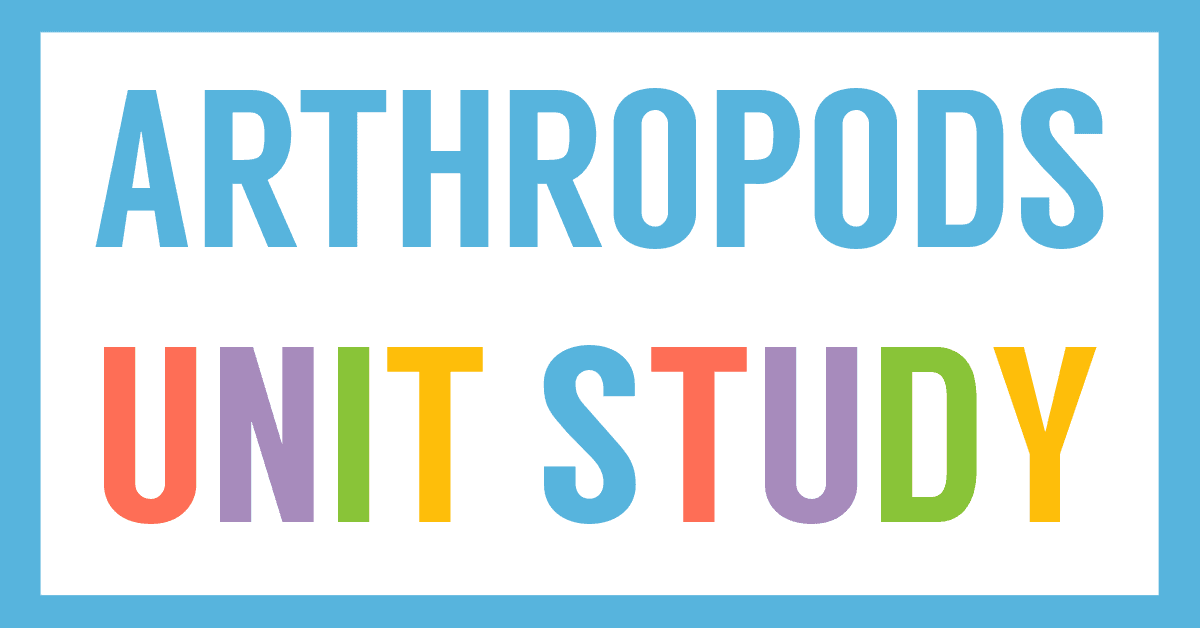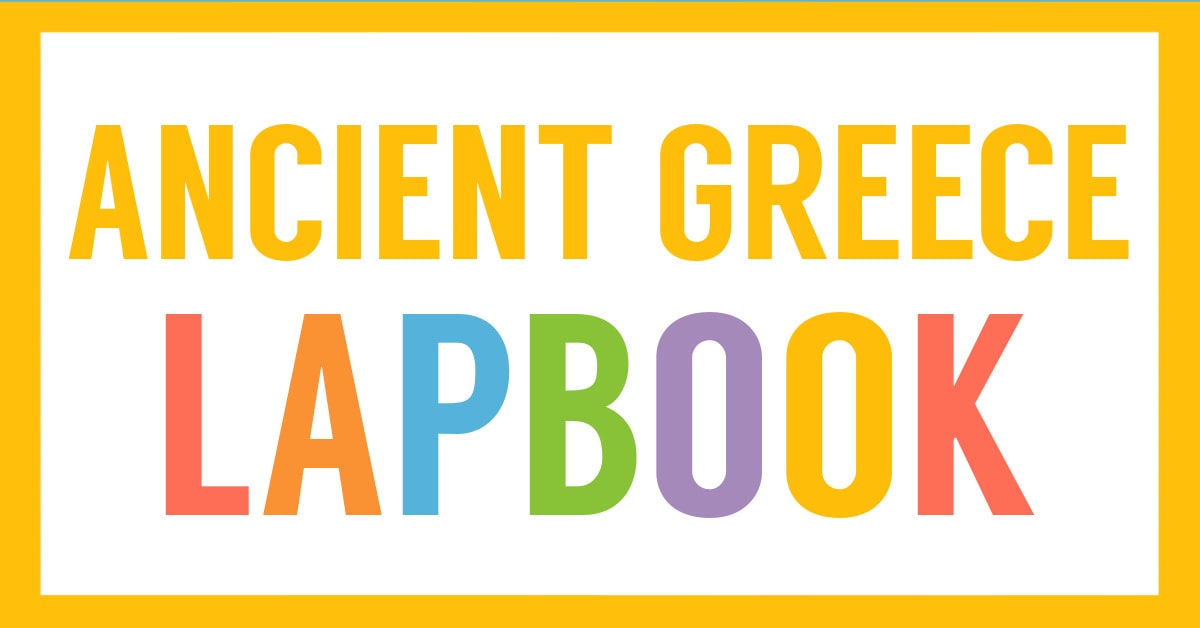Affiliate Disclaimer
We sometimes use affiliate links in our content. This won’t cost you anything, but it helps us to keep the site running. Thanks for your support.
This unit study includes lessons and activities based on the book Castle Diary by Richard Platt.
Eleven-year-old Toby’s vivid diary entries offer an insider’s view of day-to-day castle life, including tips on etiquette (where do you spit at a feast?) and exciting descriptions of hunting, jousting, and harvesting.
Travel to the Middle Ages with this book and our free Castle Diary unit study.
Thanks to Helena Gosline for preparing this Castle Diary unit study.
Castle Diary Unit Study Lessons
Here is a sample of the lessons found in this Castle Diary unit study:
Social Studies: Knights
How do you become a knight?
1) Page – When a child born in a noble family turned 6 or 7 they were sent to live with another noble family to learn to become a Knight. The belief was that your own family would be too easy on you. Toby did not leave as early because his mother did not want to let him go. A page serves the Lord’s family. He learns manners and battle skills. They also attend mass and have school most every day.
2) Squire – When a page was about the age of 14 he became a squire. A squire is an apprentice to a knight. He became a knight’s personal assistant. He would take care of the knight’s horse and weapons. If the knight went to war the squire would go with him. A squire had to be ready to fight so he would practice fighting. He had to learn to fight while riding a horse and having his hands free to fight.
3) Knight – If a squire were to become a knight he would have a dubbing ceremony around the age of 21. Not all squires became knights. You had to be found worthy and you had to be able to afford the armor, weapons and your horse. If a squire became a knight his title would be Sir.
Social Studies: Dubbing Ceremony
During a dubbing ceremony the soon to be knight would kneel down on one knee in front of the one dubbing you. The knight would take and oath to protect his lord, king, and his church. He would also promise to be brave and loyal. Then he would be tapped on the shoulder with the flat side of the sword and proclaim, “I dub thee knight. Arise, Sir ___________!”
You can grab a copy of the entire Castle Diary unit study in an easy-to-print file at the end of this post.
Castle Diary Printables
In addition to the lessons, the Castle Diary unit study includes these printable activities:
- Five Fast Facts About Europe Notebook Page
- Becoming a Knight Tab Book
- Dubbing Ceremony Notebook Page
- My Code of Conduct Notebook Page
- Coat of Arms Art Activity Page
- Feudal System Notebook Page
- My Diamond Poem Page
- Page, Squire, Knight 3-D Diorama
- Postcards
- Armor of God Flap Book
How to Get Started with the Castle Diary Unit Study
Follow these simple instructions to get started with the Castle Diary unit study and printables:
- Buy a copy of the book, Castle Diary, or borrow one from your local library.
- Print the Castle Diary unit study.
- Choose the lessons you want to use with your student (a highlighter works great for this).
- Choose the printables you want to use to enhance your lessons.
- Enjoy a week of book-based learning with your student.
Download Your Castle Diary Unit Study
Simply click on the image below to grab the free Castle Diary unit study.

